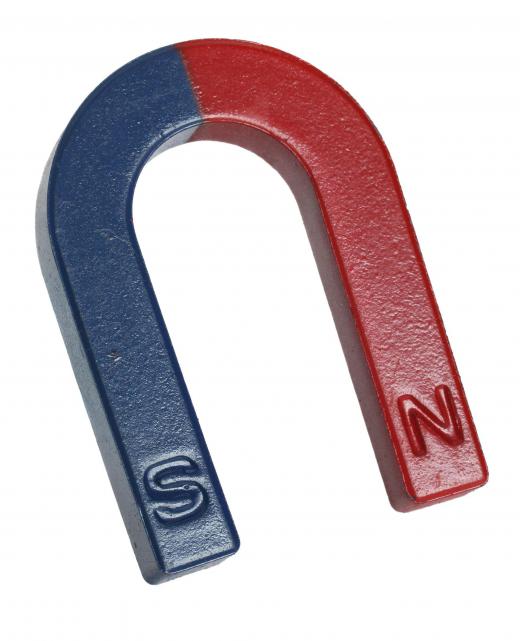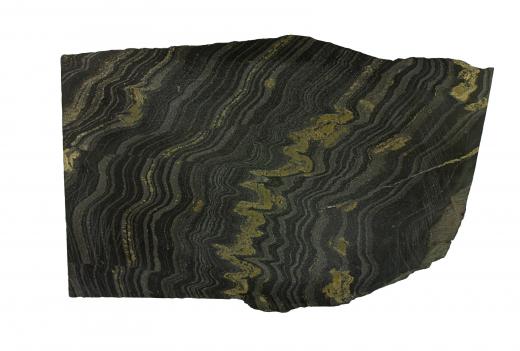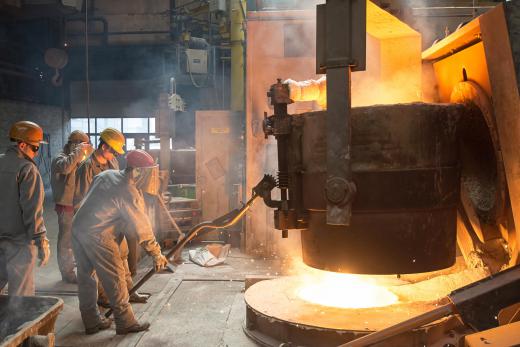One of the most important uses of iron ore is steel production, accounting for the bulk of iron ore processed annually. Iron-rich ores have a number of other uses, some of which are literally quite colorful; they are used in cosmetics, for example, and in the production of some paints, inks, and dyes. Manufacturers distinguish between high and low grade ores that contain different impurities mixed with the iron and determine the end uses of iron ore.
When sites with iron ore are identified, engineers and geologists study the rock to learn more about the specific type and determine the potential yield from the mine. If the deposits are small, it may not be financially practical to harvest the ore, because it would be present in such a small percentage that it wouldn’t pay for the development and management of the site. Analysts evaluating a prospective mine may consider current demand and different uses for iron ore that might be applicable for products from the site.

Steel production consumes the vast majority of iron ore produced around the world. To make steel, firms start by crushing and pre-processing ore before smelting it to free the trapped metal with a heat and chemical reaction. This can be used to make so-called “pig iron,” solid blocks of iron that can be further processed. Pig iron can be used in alloys and processed in a variety of ways to make different steel products as well as other materials that contain iron.

Some industrial processes involve the use of iron ore as a catalyst for chemical reactions, and it is also used in processes like photographic developing. It may be included as a component in abrasives and specialty paints, like those used on outdoor structures that need to be extremely weather resistant. Magnets, magnetic powders, and related products account for some uses for iron ore, as do some industrial components and car parts.

Radioactive iron ore has some applications as a tracer material, where the element can be used as a tag by tracking radioactive emissions, and it is also an ingredient in some fungicides. As these uses of iron ore illustrate, rocks containing some percentage of iron have a broad variety of industrial applications. Mining of iron ore worldwide is an extremely large industry and it is one of the most valuable commodities because of its myriad uses and the high demand for products like structural steel.
Ever since she began contributing to the site several years ago, Mary has embraced the exciting challenge of being a About Mechanics researcher and writer. Mary has a liberal arts degree from Goddard College and spends her free time reading, cooking, and exploring the great outdoors.

